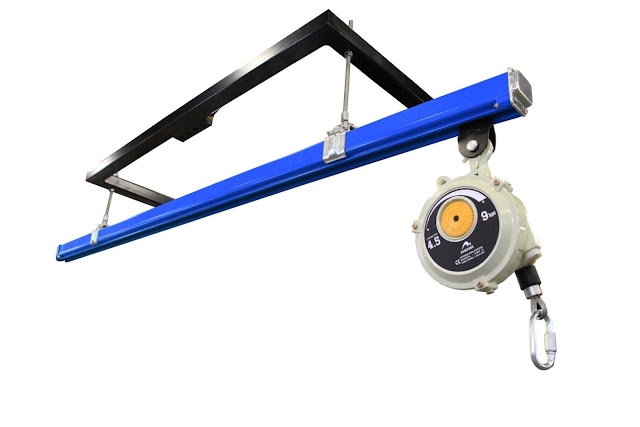Achieving Perfect Balance: A Comprehensive Guide To Balancing Tools And Weight Balancers
Introduction
Balancing tools and weight balancers play a crucial role in various industries, from manufacturing to automotive engineering, and even in everyday life. Achieving balance is essential for optimal performance, safety, and efficiency in numerous applications. The significance of balancing tools, explore different types available and discuss the principles behind weight balancers.
Understanding Balance
Balance is the state of equilibrium where all forces acting upon an object or system are equalized, resulting in stability. In practical terms, balance ensures that components rotate smoothly, machinery operates efficiently, and structures remain stable. Without proper balance, equipment can experience excessive vibration, premature wear, and even catastrophic failure.
The Importance of Balancing Tools
Balancing tools are instruments designed to measure, analyze, and correct imbalances in various systems. They are indispensable in industries where rotational components, such as shafts, rotors, and wheels, are prevalent. These tools not only ensure the smooth operation of machinery but also contribute to safety and longevity.
Types of Balancing Tools
1. Static Balancers: Static balancing involves correcting imbalance by redistributing mass. Static balancers, such as bubble levels and spirit levels, determine imbalance by measuring gravitational forces. They are commonly used for applications where rotational speed is low or negligible.
2. Dynamic Balancers: Dynamic balancing is more complex and involves accounting for both static and dynamic forces during rotation. Dynamic balancers utilize sensors and advanced algorithms to measure vibration, displacement, and other parameters. They are essential for high-speed rotating machinery, such as turbines, engines, and propellers.
3. Portable Balancers: Portable balancers offer flexibility and convenience, allowing for on-site balancing of machinery and equipment. These compact devices are equipped with sophisticated sensors and data processing capabilities, enabling precise balancing without the need for heavy machinery or specialized facilities.
4. Computerized Balancing Systems: Computerized balancing systems integrate advanced software with precision hardware to achieve unparalleled accuracy and efficiency. These systems can analyze complex vibration patterns, calculate correction values, and automate the balancing process. They are widely used in industries where precise balancing is critical, such as aerospace and automotive manufacturing.
Principles of Weight Balancers
Weight balancers, also known as counterweights, are essential components in achieving balance in various systems. The principle behind weight balancer lies in the redistribution of mass to counteract imbalance forces. By strategically adding or removing weight, equilibrium can be restored, resulting in smoother operation and reduced vibration.
Types of Weight Balancers
1. Static Counterweights: Static counterweights are fixed masses added to a system to offset imbalance. They are commonly used in applications where the imbalance remains relatively constant, such as elevator systems and crankshafts.
2. Dynamic Counterweights: Dynamic counterweights adjust their position or mass distribution dynamically to accommodate changing imbalance conditions. They are prevalent in systems with variable operating parameters, such as rotating machinery and automotive engines.
3. Adjustable Counterweights: Adjustable counterweights offer versatility by allowing fine-tuning of balance parameters. These can be adjusted manually or automatically based on real-time feedback from balancing tools. They are particularly useful in applications where precise balance is critical, such as precision machining and scientific instrumentation.
Conclusion
Balancing tools and weight balancers are indispensable assets in industries where balance is critical for performance, safety, and efficiency. By understanding the principles behind balance and employing the right tools and techniques, engineers and technicians can ensure optimal operation of machinery and equipment, minimizing downtime and maintenance costs. Whether it's static or dynamic balancing, portable or computerized systems, achieving perfect balance is essential for success in a wide range of applications.
.jpg)


Comments
Post a Comment